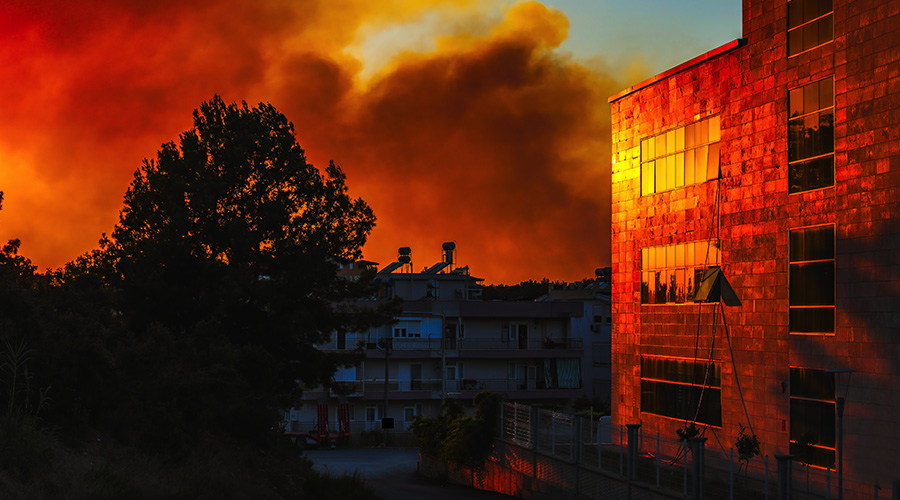Portable Cooling Keeping Facilities Cool During a Crisis
Part 1 of a 5-part article on portable cooling
There is good news and bad news about building HVAC systems. First the good news. Today’s systems are more dependable than ever. The bad news is that facilities are more dependent on these systems than ever before. Even short-term outages can seriously disrupt operations. If the interruption impacts areas with sensitive electronic equipment, it can force occupants to suspend operations or risk serious damage to the equipment.
Comprehensive maintenance programs can minimize the number of outages, but they cannot eliminate them. The best that maintenance and engineering managers can do is to prepare by implementing an emergency cooling plan, which provides the tools they need to prepare for outages and reduce the impact.
Emergency cooling plans lay out the response to cooling-system failures before a failure occurs. They identify areas within the facility with critical cooling needs — areas where an outage would result in significant financial losses, damage to sensitive electronic equipment, or forced shutdowns. They also identify the cooling loads for those areas in terms of system capacity.
For each of these areas, the plan identifies temporary cooling options available to managers, and they lay out the steps managers need to take ahead of time to prepare. Done properly, such planning delivers cooling to key facility areas when it’s needed most.
Assessing the situation
Cooling is almost a universal requirement in facilities, with only a small percentage of occupied spaces not needing it. But the level of need differs among areas. Some can survive for several hours without cooling, while others can continue operations for days or even weeks in the event of a system failure. Still others can continue normal operations indefinitely at a reduced level of operations or with only partial cooling. But the areas of greatest concern for managers are those where cooling is a must and where even a brief shutdown of the system requires the curtailment of operations.
The needs assessment looks at all areas in the facility and identifies those where operations would be at risk in the event of an outage. The assessment should rate risks on a scale — say, from one to five — where one is the lowest risk and five is the highest. By assigning a risk level, managers then can address those areas first that would be most severely impacted by outages.
Starting with the highest priority areas, managers need to look for options. Can the activity performed in that space be moved temporarily to another location not impacted by the outage? If it can, identify the resources needed to accomplish that move. Does the temporary location have sufficient power and other needed utilities? Do temporary networking and telecommunications cabling need to be installed to make the space operational?
Related Topics:
















